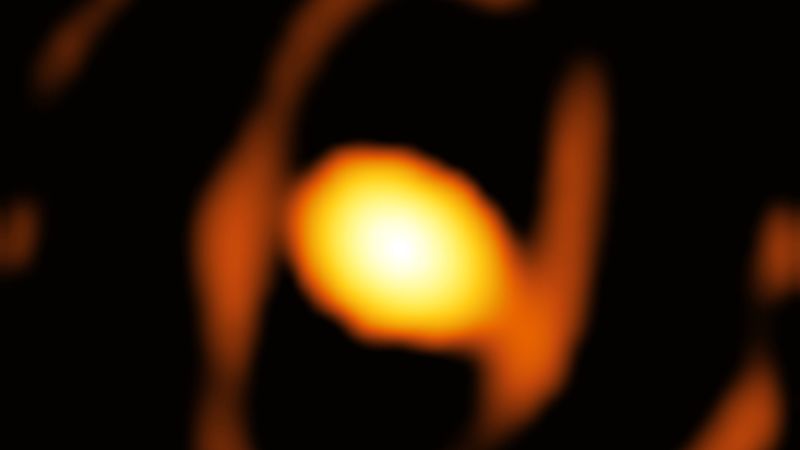
Risk Reduction
Risk reduction is the process of identifying, assessing, and mitigating risks associated with space and astronautical engineering projects. It involves analyzing potential hazards and developing strategies to minimize the likelihood and impact of those hazards. Risk reduction is a critical component of space missions, as the consequences of failure can be catastrophic. The process includes identifying potential risks, assessing the likelihood and consequences of those risks, and developing strategies to mitigate or eliminate them. This can involve designing redundant systems, conducting extensive testing and analysis, and implementing safety protocols. Risk reduction is an ongoing process throughout the lifecycle of a space mission, from initial planning and design to launch and operations.
Your Previous Searches
Random Picks
- Atmospheric Contamination: Atmospheric contamination refers to the presence of harmful substances in the Earth's atmosphere, which can have negative impacts on human health, the environment, and space missions. Sources of atmospheric contamination include natural eve ... Read More >>
- Noble Gas: Noble gases are a group of chemical elements with very low reactivity. In space and astronautical engineering, noble gases are used in various applications such as in electric propulsion systems, as a coolant in nuclear reactors, and as a p ... Read More >>
- Ionized Gas: Ionized gas refers to a gas that has been stripped of one or more electrons, resulting in the formation of ions. In the context of space and astronautical engineering, ionized gas is of particular interest due to its role in plasma propulsi ... Read More >>
Top News

Archaeologists discover 4,000-year-old canals used to fish by predecessors of an...
Using drones and Google Earth imagery, archaeologists have discovered a 4,000-year-old network of earthen canals in what’s now Belize...
News Source: ABC News on 2024-11-22

First close-up image of a star beyond our galaxy may reveal impending supernova...
Astronomers have taken the first close-up image of a star beyond our galaxy, and it’s a “monster star” surrounded by a cocoon as it slowly dies....
News Source: CNN on 2024-11-21

Bestselling author explains the science of happiness: "You can do the work"...
Bestselling author and Harvard professor Arthur Brooks opens up about how enjoyment, satisfaction and meaning in life can increase a person's wellbeing....
News Source: CBS News on 2024-11-18

November's full moon, known as the Beaver Moon, is the last supermoon of 2024. H...
November's full moon, known as the Beaver Moon, is the last supermoon of 2024. Here's when it peaks and why it's called the Beaver Moon....
News Source: CBS News on 2024-11-15

You can't put a price on the sense of awe particle physics inspires...
Astronomy and particle physics are no longer seen as vital by the US establishment, so funding has fallen. But our work creates a sense of wonder, and wonder matters, says Chanda Prescod-Weinstein...
News Source: New Scientist on 2024-11-13